"One if by land and two if by sea; and I on the opposite shore will be ready to ride and spread the alarm through every Middlesex, village, and farm..." Midnight Ride of Paul Revere, Henry Wadsworth Longfellow
Northwest of Boston, the infamous towns of Lexington and Concord flank Minute Man National Park.
The path through the park marks the route taken by Paul Revere, Dr. Samuel Prescott, and William Dawes to raise the alarm that the redcoats were coming. These riders waited in Boston for the British troops to leave and rode ahead to alert the militia in Lexington and Concord, where many of the militia's supplies were stored. Between the three of them, they made a nearly 14 mile ride, providing the revolutionaries the early start they needed to best the British in the following days.
You have a choice of several trail routes and points of entry into the park, and we opted for the main Battle Road Trail. While we didn't make it the whole way to Concord, there are several parking lots along the trail where we could always pick it up again on a future visit.
There is something about walking a path that has been tread for centuries — you stop and wonder what the trees have watched transpire below their branches, whether you're stepping in the exact spot where Revere was captured, and the images go on.
Starting from the Boston side, the first marker is Bluff Head.
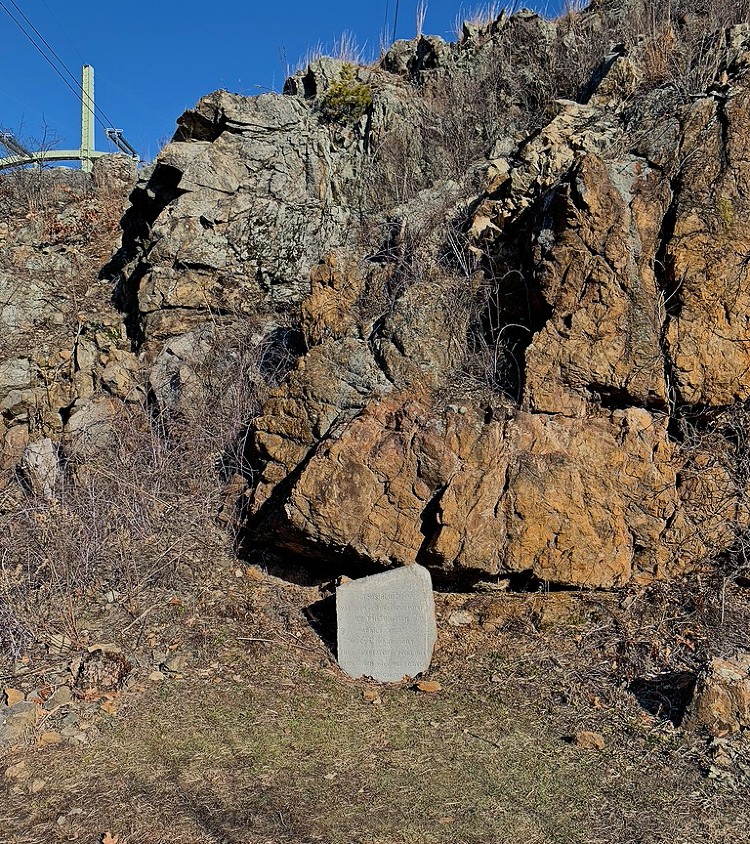 "This bluff was used as a rallying point by the British April 19, 1775. After a sharp fight they retreated to Fiske Hill from which they were driven in great confusion."
"This bluff was used as a rallying point by the British April 19, 1775. After a sharp fight they retreated to Fiske Hill from which they were driven in great confusion."
From here you come upon the Jacob Whittemore House. Plaques share who lived in each structure or set of ruins along the path. For the Whittemores you learn how fleeting life was, and how much was at stake with the British occupation.
Seemingly small acts, such as Josiah Nelson continuing on to alarm Bedford despite a blow to the head, ensured the midnight message was carried where it was needed most.
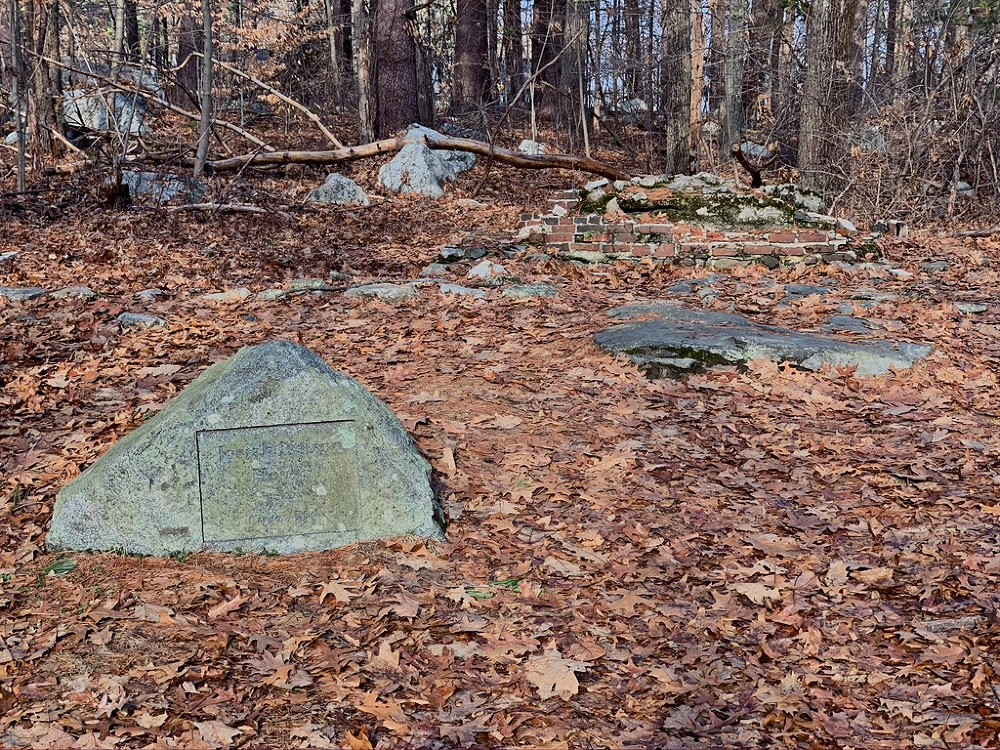 "Josiah Nelson House. Circa 1756"
"Josiah Nelson House. Circa 1756"
Throughout the path several small memorials are also dedicated to British soldiers that were killed.
Not far from the start of the trail, you come across the Paul Revere Capture Site. Here, the miracle of the midnight ride is explained.
Of the three men, Revere was captured while the others escaped. Dr. Prescot was able to charge his horse over a stone wall and evade the patrol, bringing the alarm on to Concord. Dawes went on to raise the call to arms in Lexington.
Captain Smith (Abigail Adams' brother) raised the alarm for the village of Lincoln, and led the Lincoln Minute Men. Interestingly, more often than not, the descriptions that accompany each location on the trail note how the residents cared for a wounded British soldier. The Smiths were no different, caring for a wounded British solider who had been left behind by his unit to die.
Imagine that — in the midst of battle, honor and care of human life meant that wounded enemies received care rather than being left to die in the road.
As the trail nears Concord, more signs of life emerge along the road.
Hartwell fought in the Lincoln militia. All that is left of the home is the central fireplace, stabilized by a rough frame that has been placed to depict the original layout of the house.
Next door is the Hartwell Tavern, the inn Samuel's parents managed.
The Tavern was well place on the 'Bay Road', which would have seen a lot of traffic. According to the Park website, the Bay Road ran all the way from Boston to Crown Point NY. Now that's a main road!
We turned around at the 'Bloody Angle' up the road from the Tavern. This is the spot where the British were cornered by a militia flank on either side, caught in the crossfires.
In warmer months (and non-pandemic times), the Park includes reenactments and tours led by period actors. In the winter, it is the perfect place to go for a morning walk!
*Please remember to bring a mask when visiting

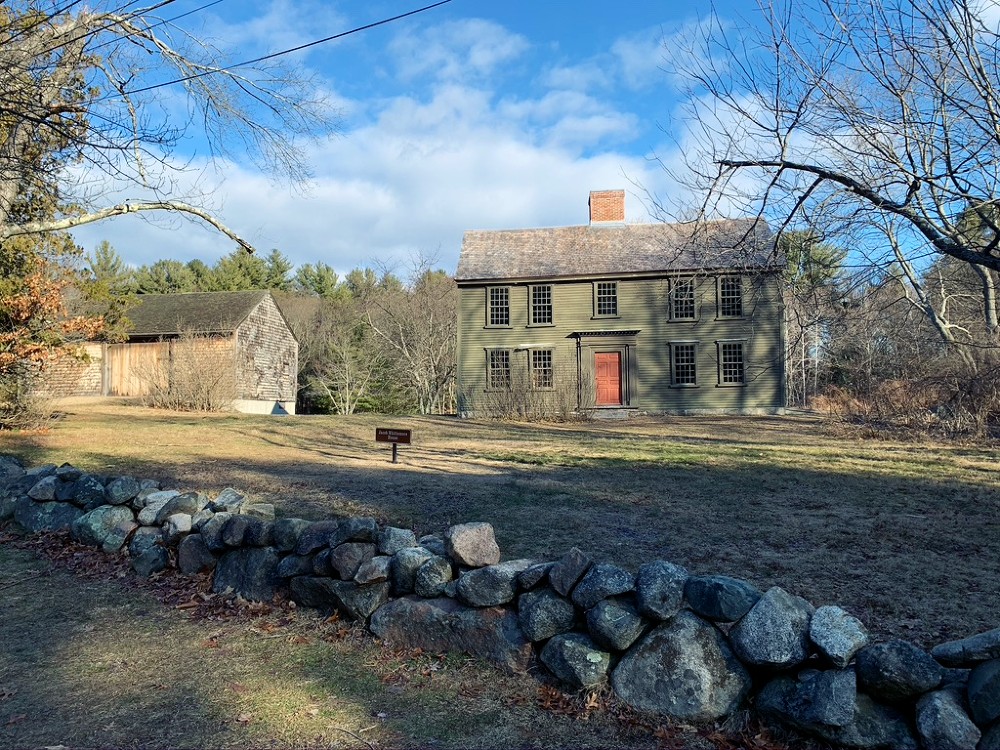
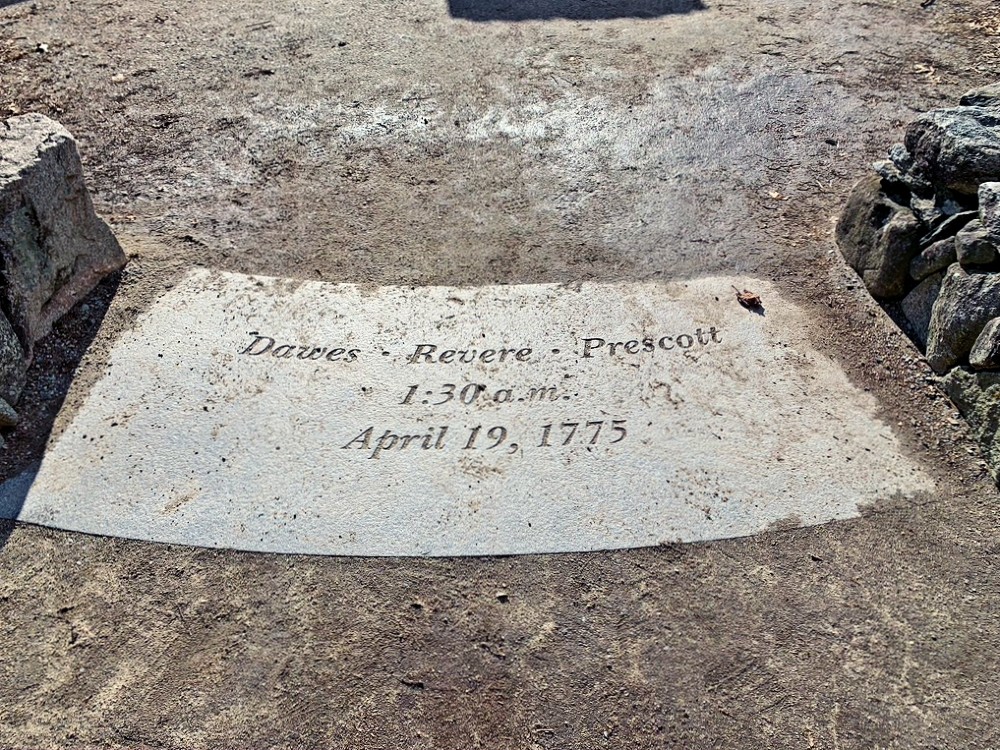
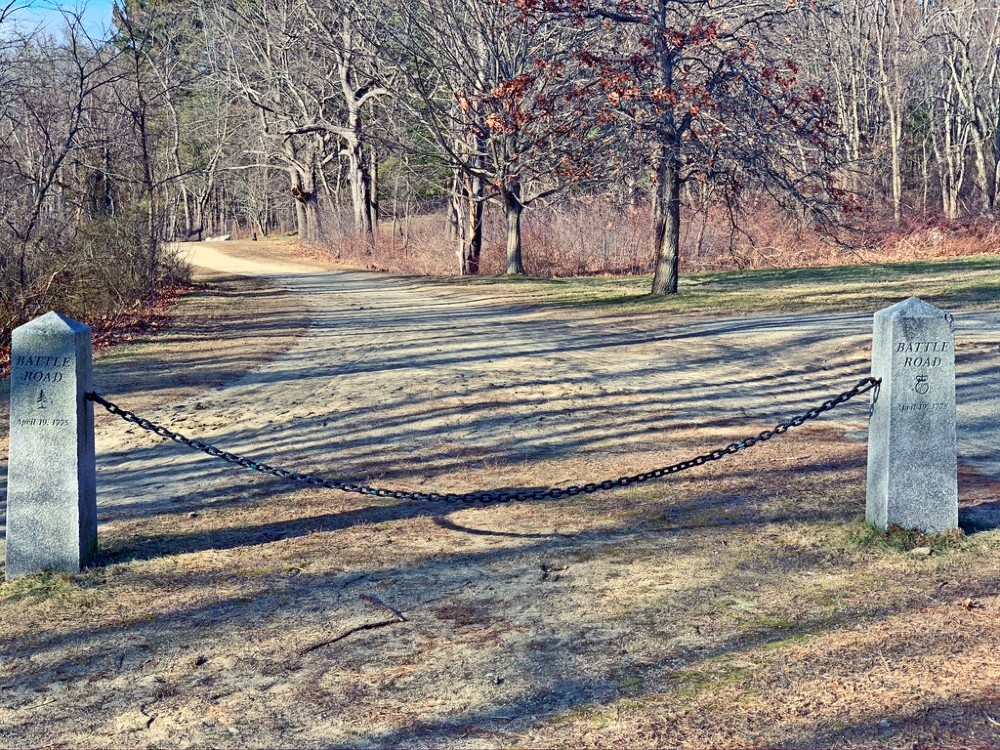
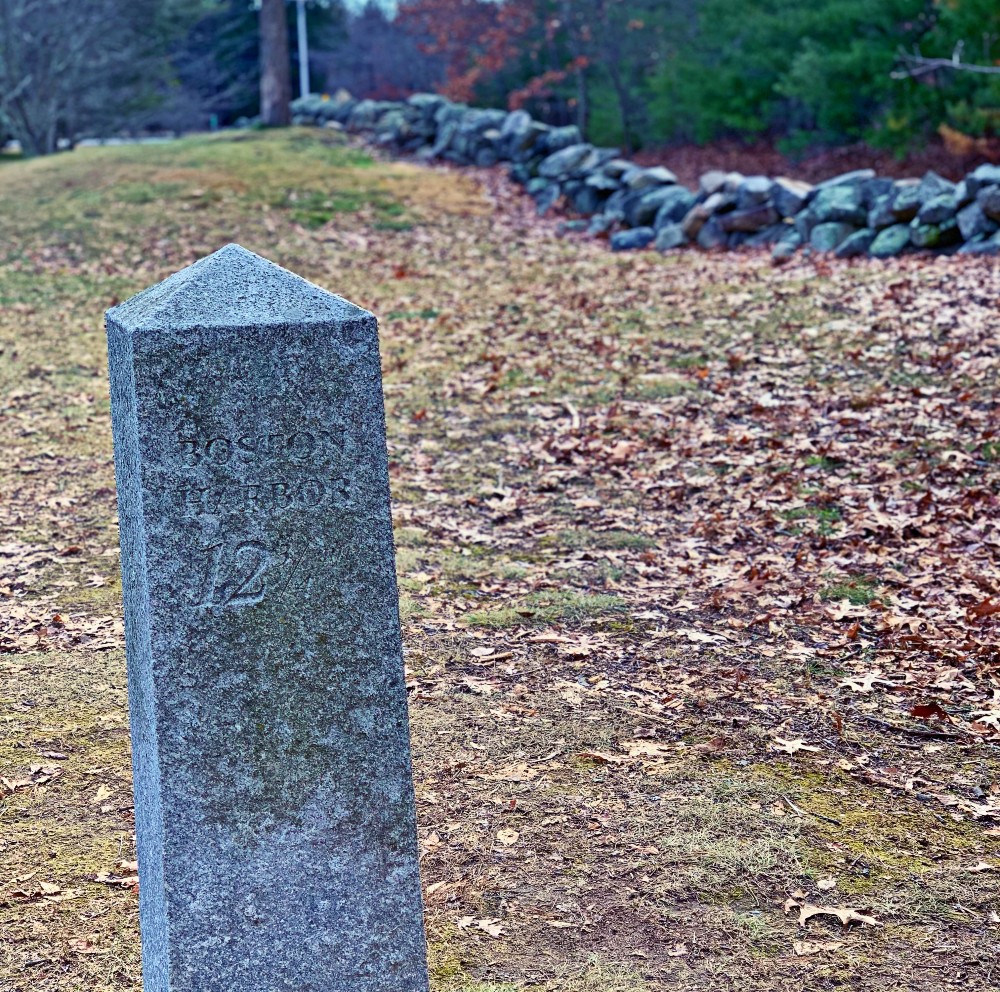
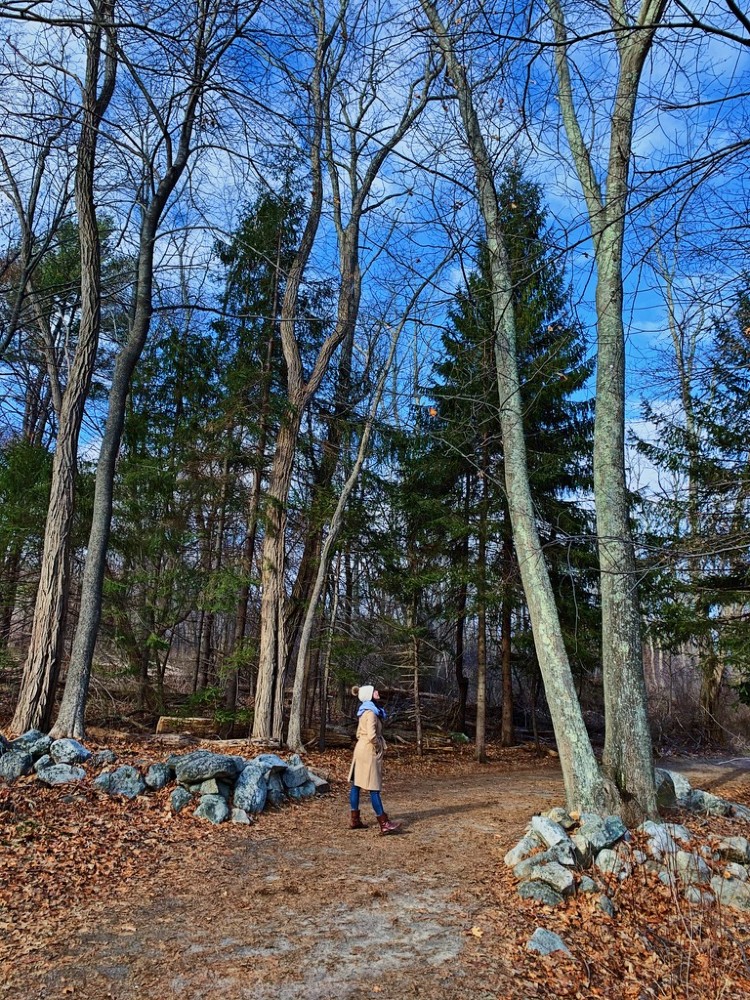
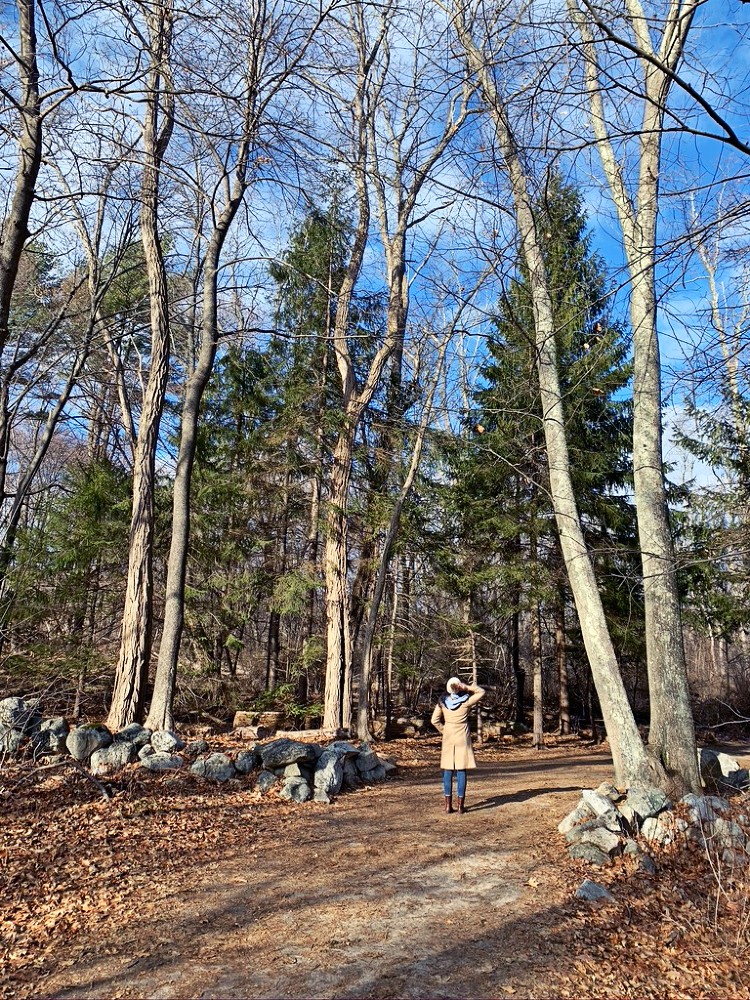
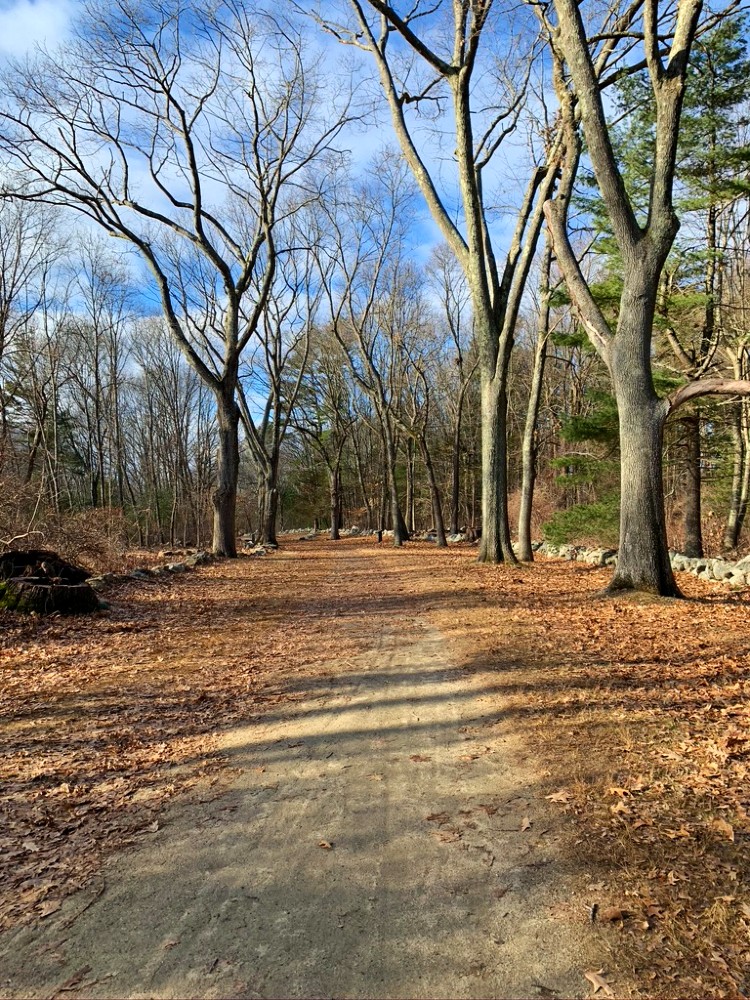
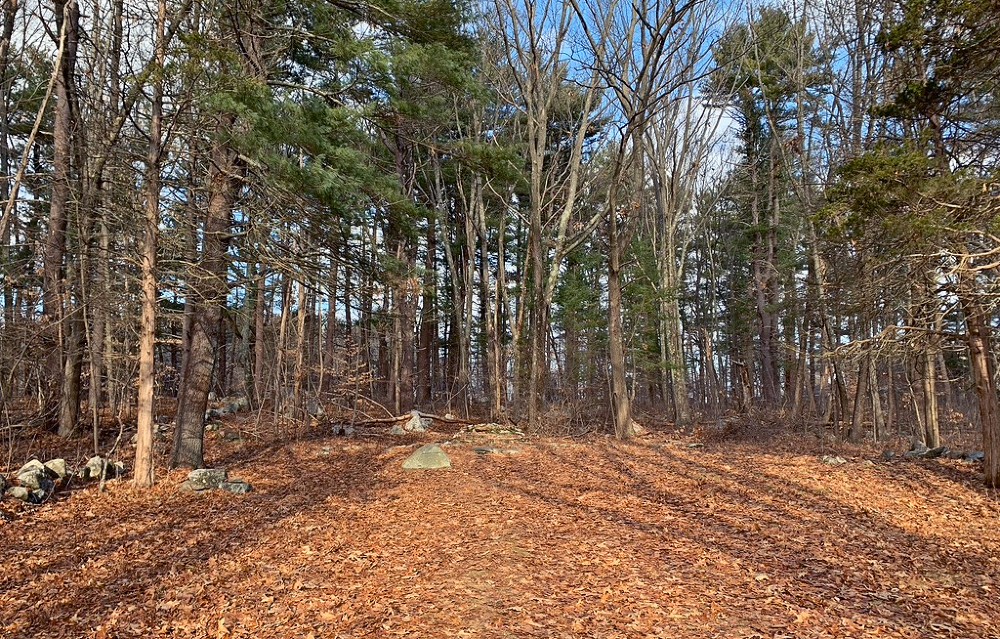
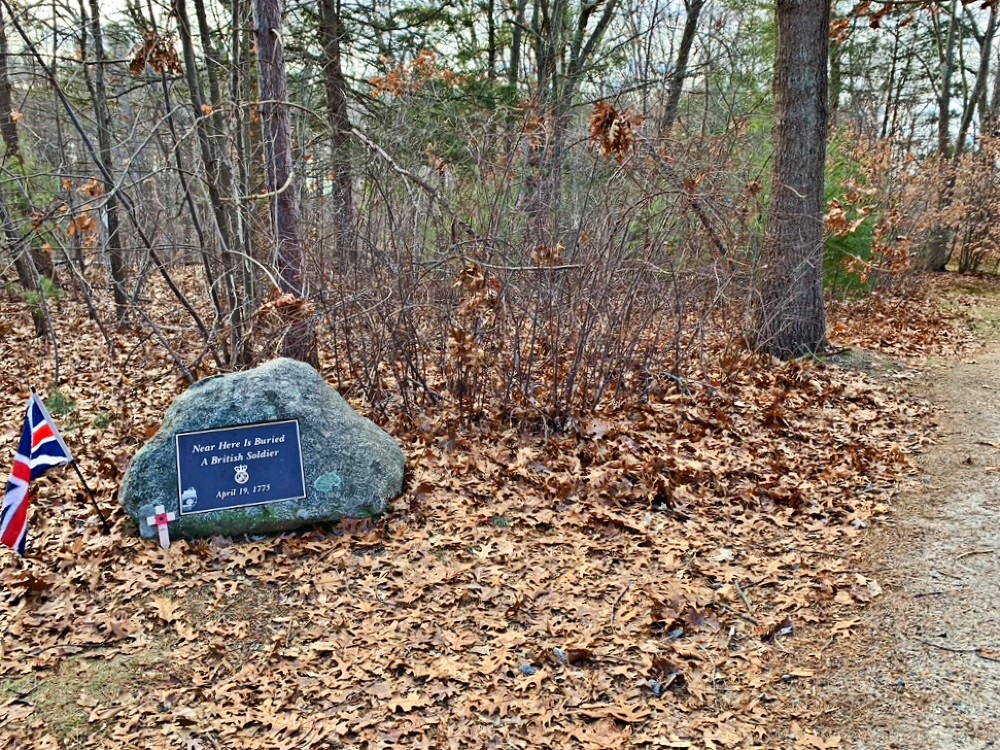
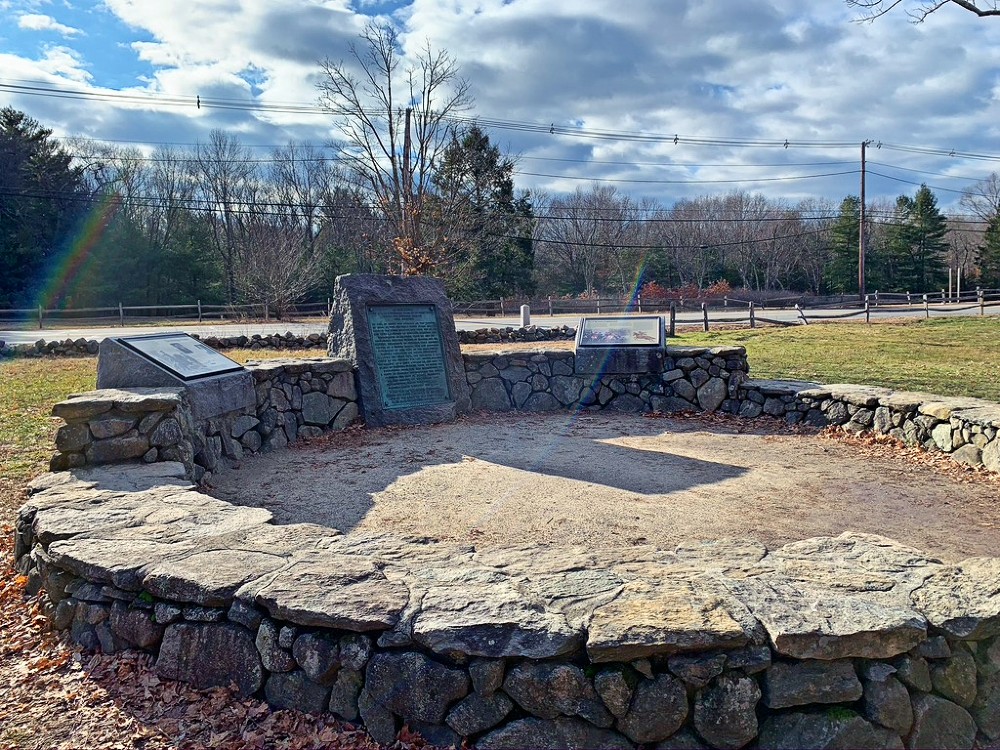
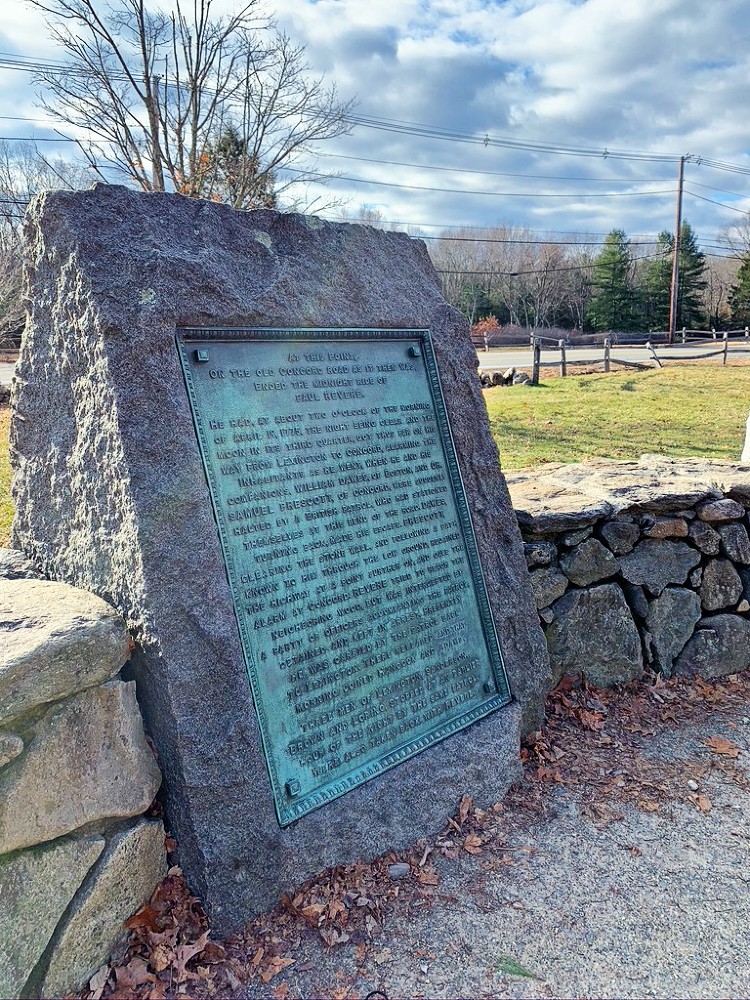
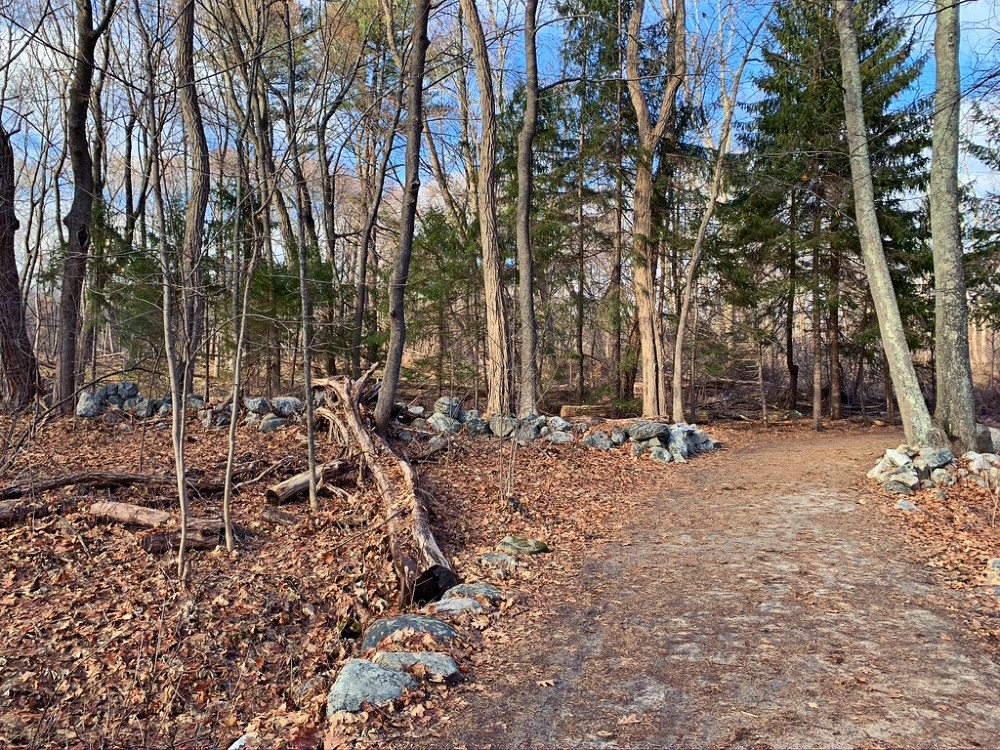
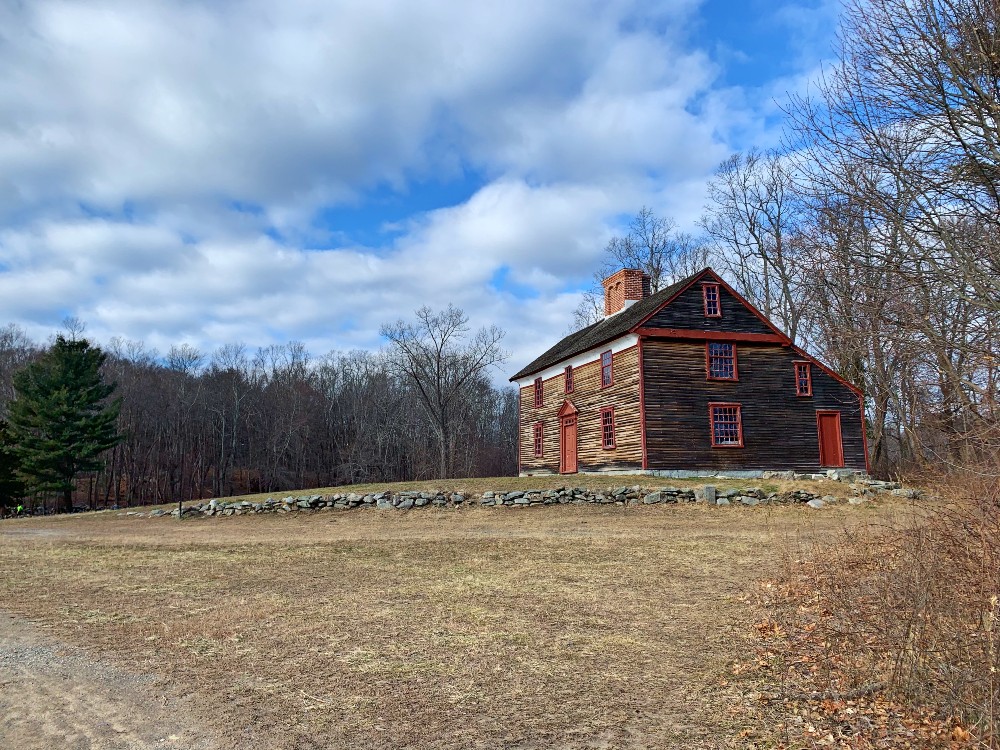
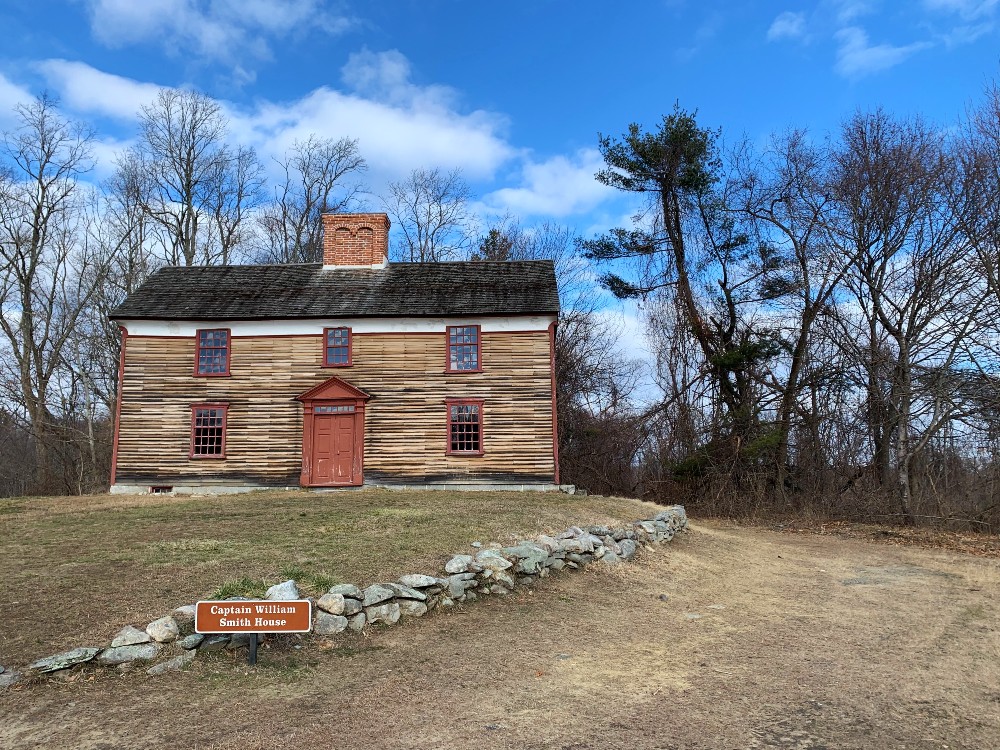
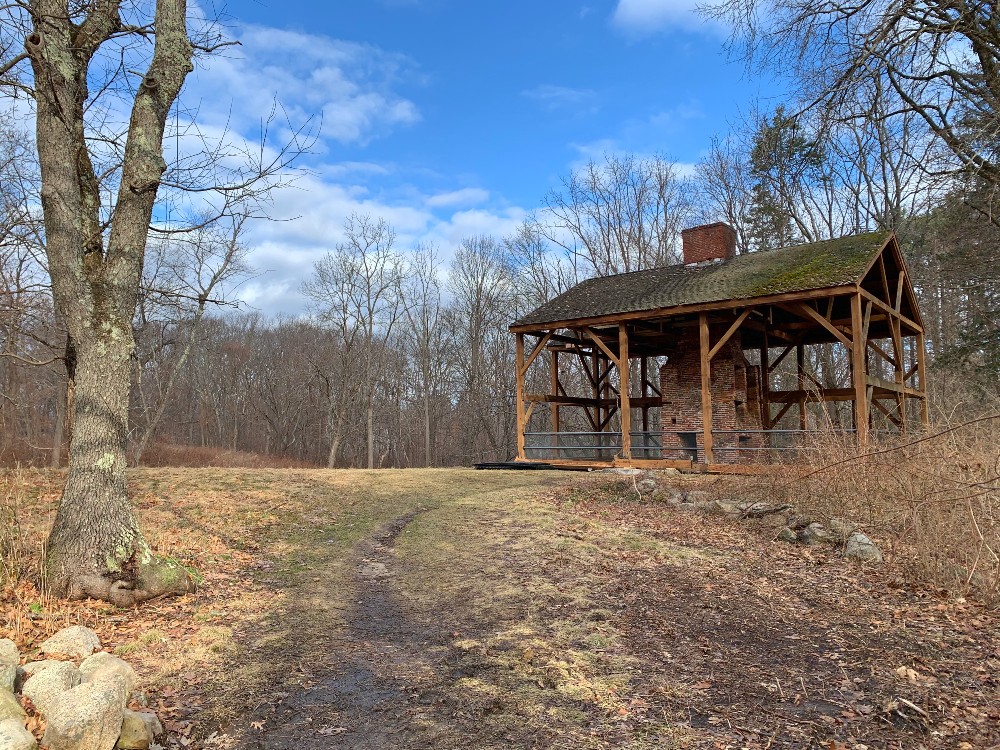
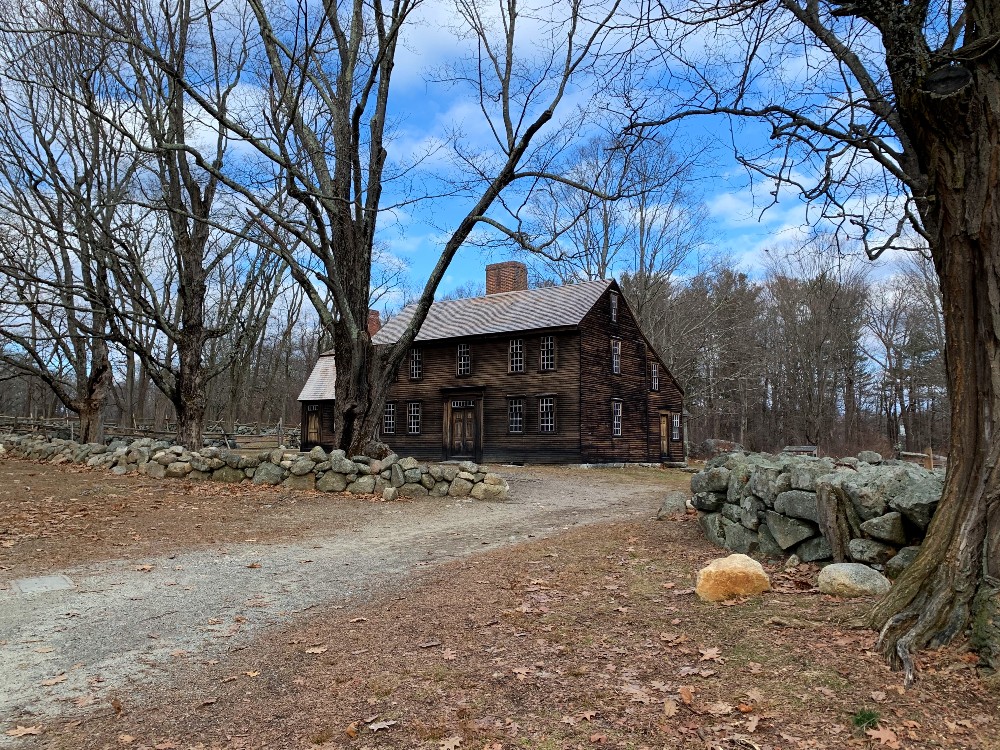
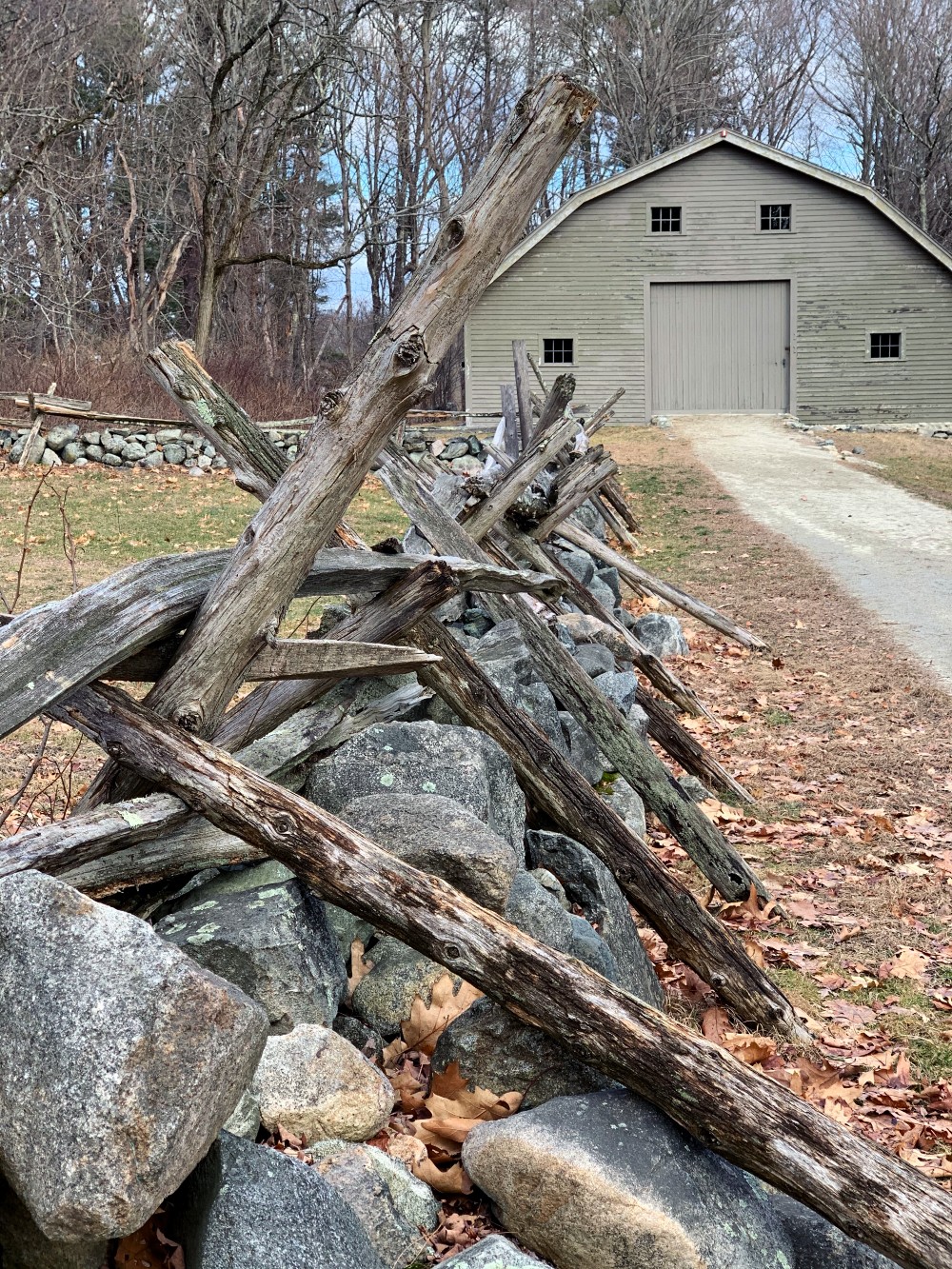
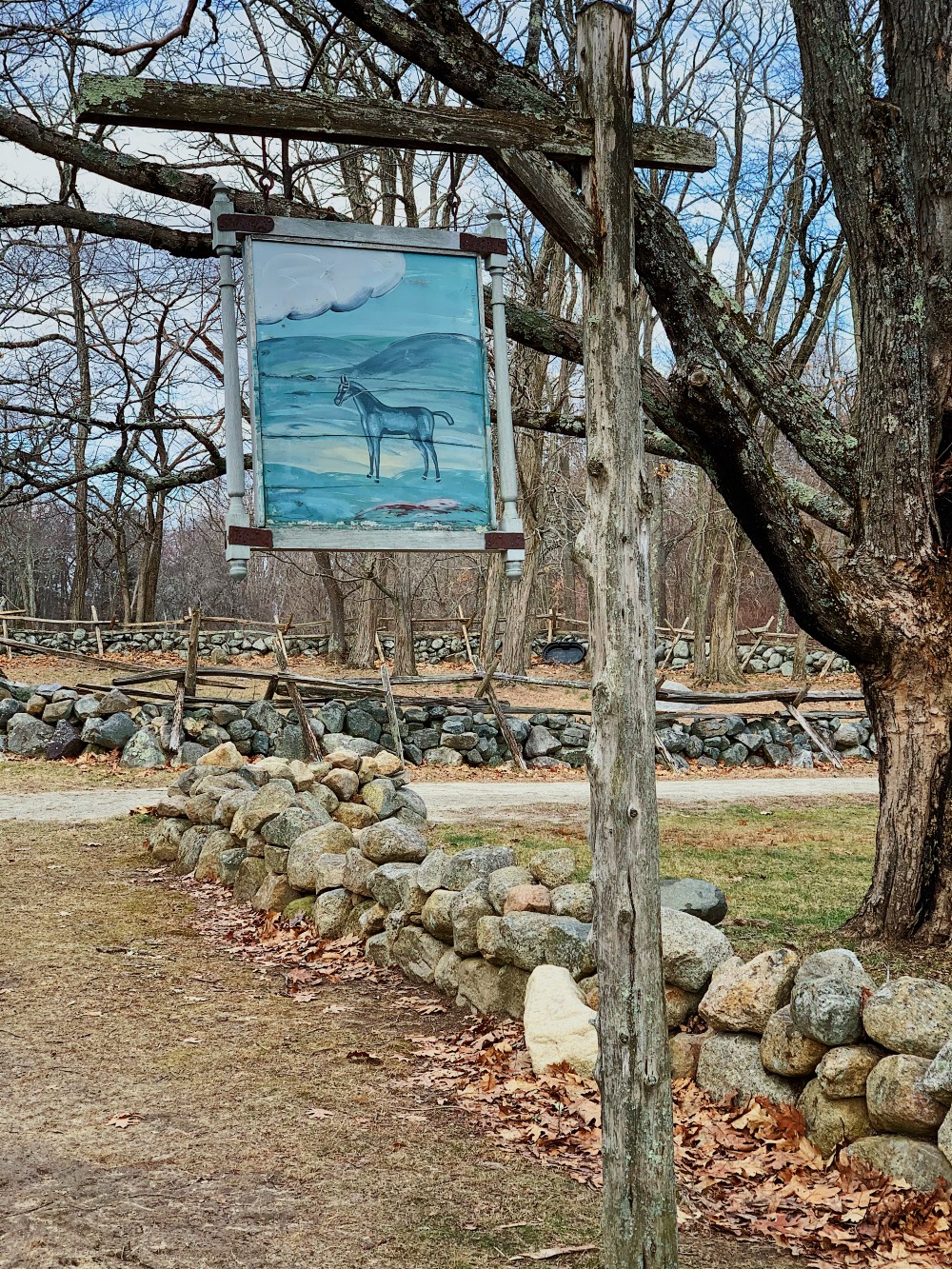
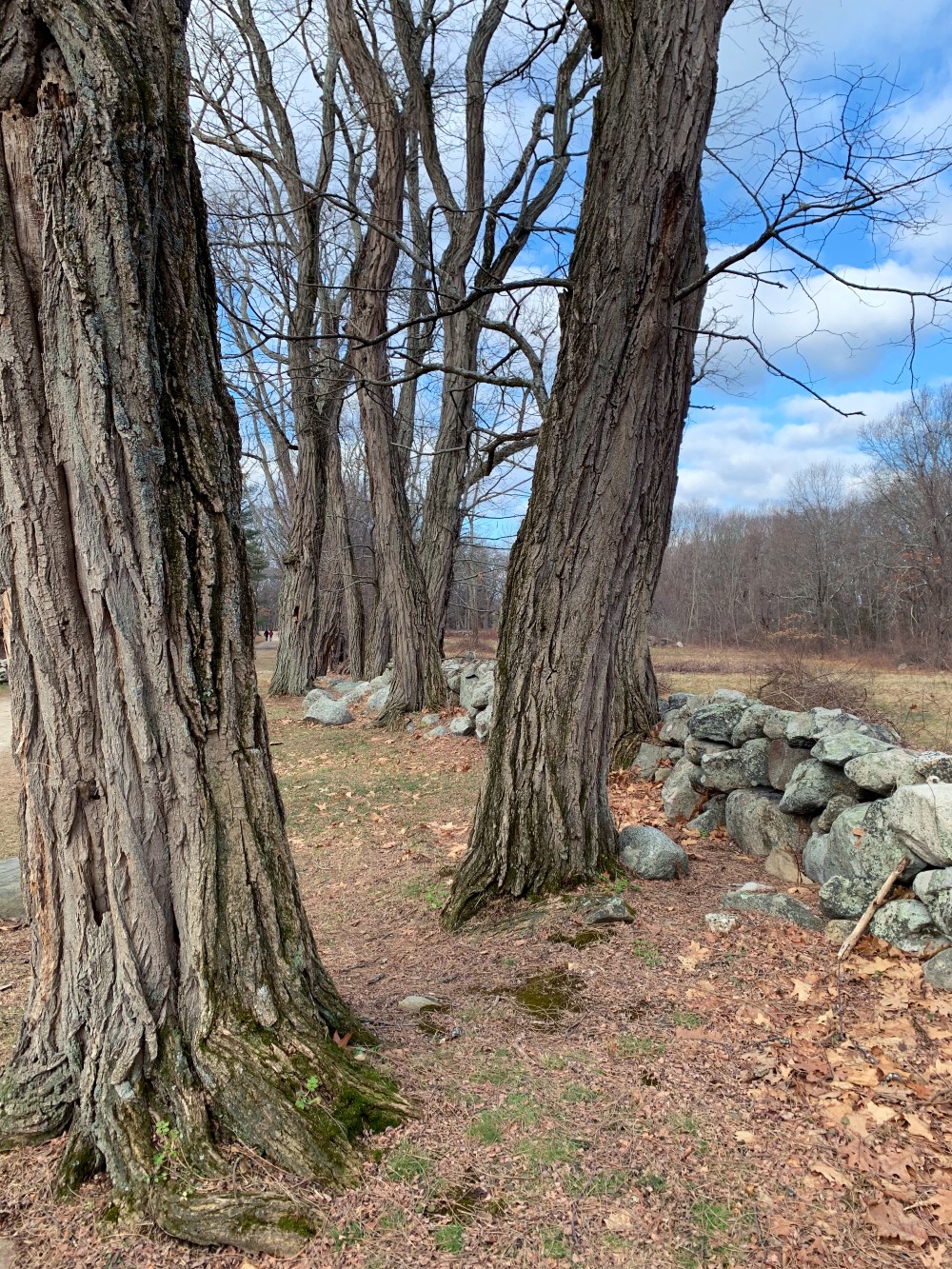
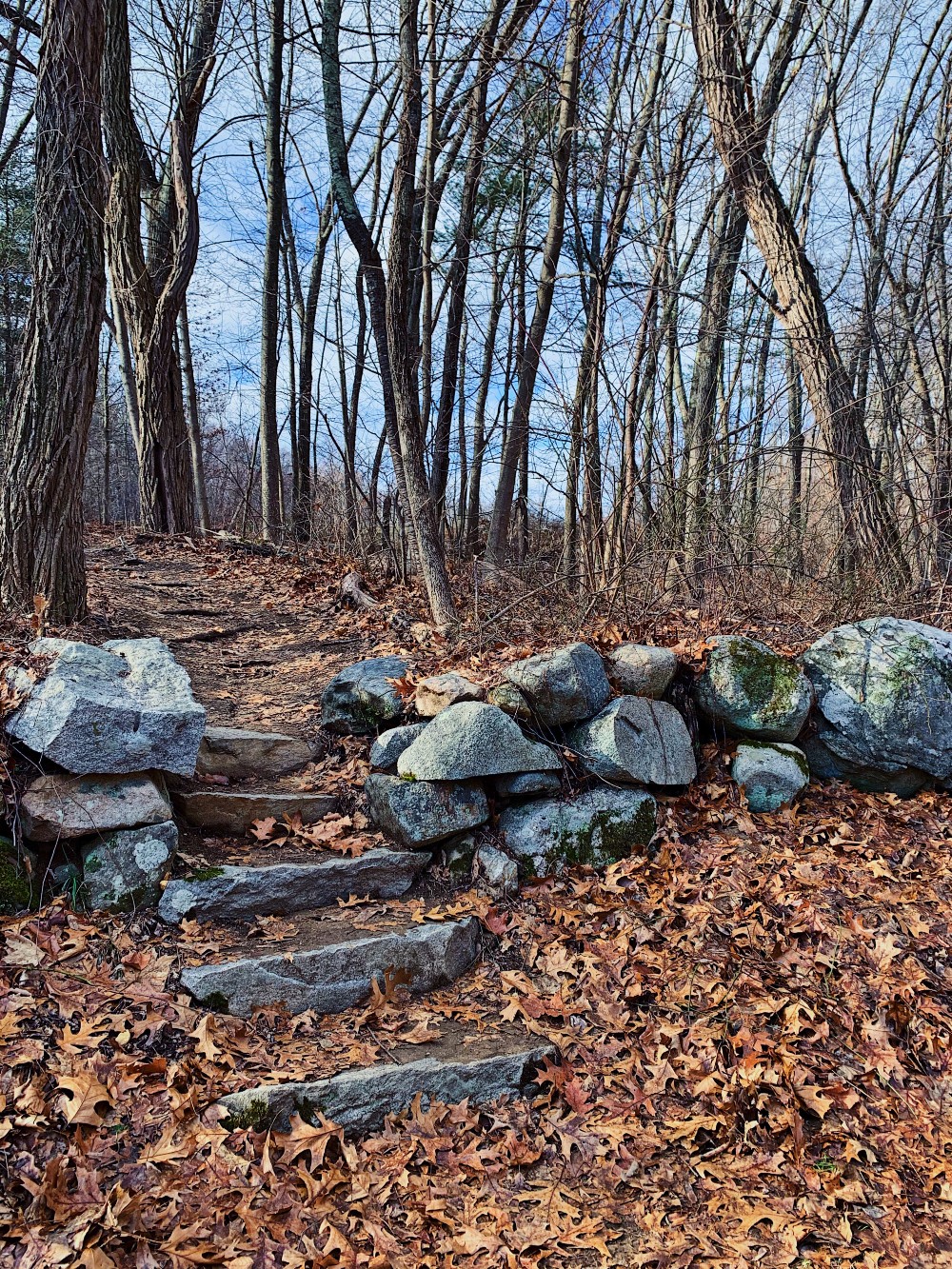
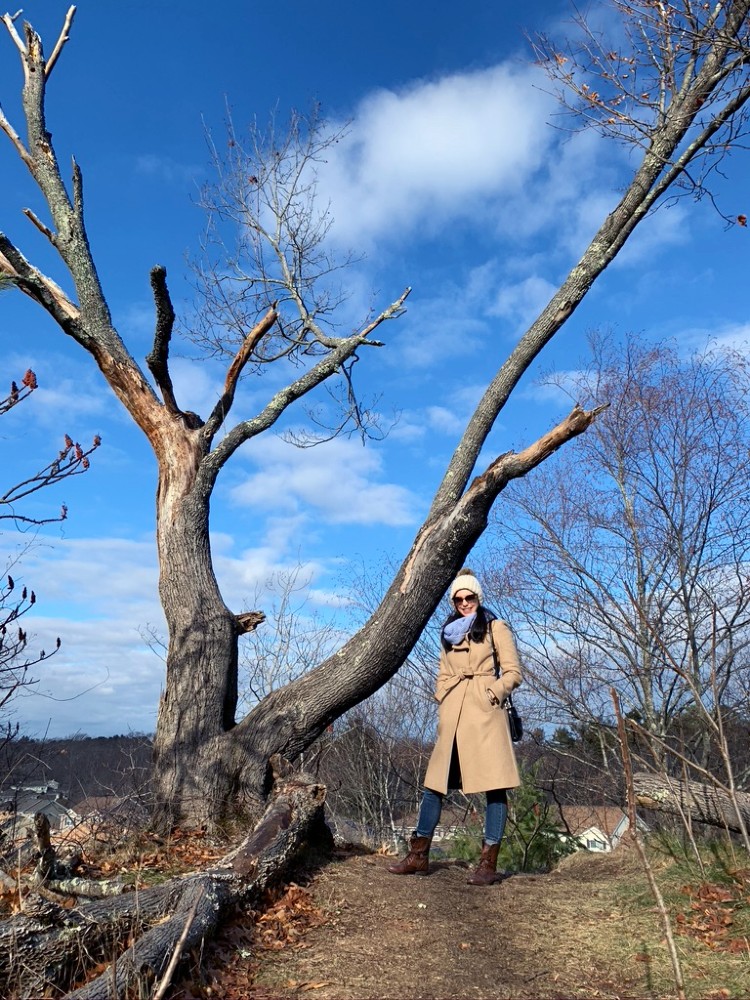
Great tour Thanks for sharing the history Robert and I visited some of that path several years ago when we were in Boston for his nephew’s wedding.